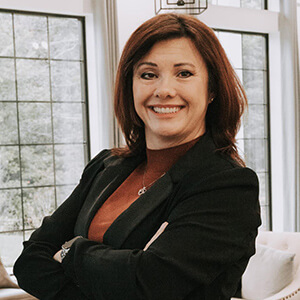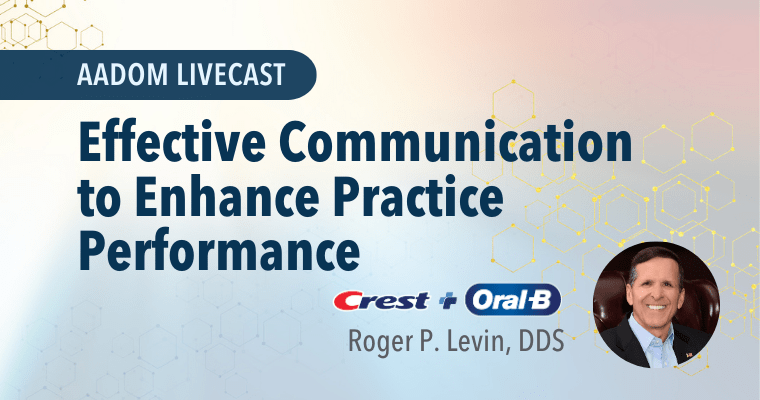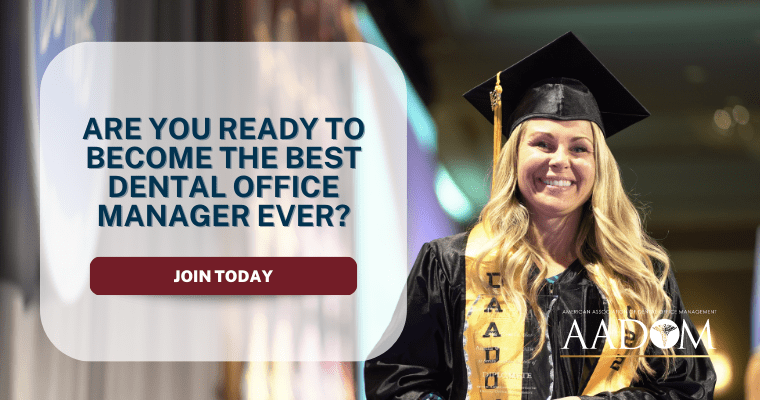Sleep Disordered Breathing Treatment for Adults

How well do you sleep? Have you been told you snore or gasp for air? Do you wake with a headache, jaw ache, or body aches? Are you a nose or mouth breather?
These are just some of the questions our hygienists ask during a routine dental visit. Dentists are not the first providers people think of when they have sleep problems. However, with proper training, dentists and hygienists can be pivotal in diagnosing and treating sleep-disordered breathing.
According to the Breathe Institute, most people are not getting enough quality sleep, which can impair their well-being and judgment with daily tasks. Lack of sleep can be a leading factor in many health issues and can put a person at high risk for accidents and injury. Sleep apnea is one of the leading causes of car accidents.
During the COVID shutdown, my doctors did what probably a lot of dentists were doing; they used their time for continuing education. Prompted by personal reasons, they began their research, training, and certification in sleep-disordered breathing, where they soon discovered a desperate need in dentistry.
Evaluation
Evaluation and education are key to helping patients understand their health. Treatment for sleep-disordered breathing begins with a comprehensive airway evaluation performed by one of our certified Orofacial Myofunctional Therapists (OMT). During this 90-minute evaluation, the OMT will complete a thorough assessment and take measurements of the lips, tongue, and oral cavity. She will also take photos and gather a comprehensive medical history. The OMT is looking for symptoms such as scalloping and restriction of the tongue, a narrow palate, misalignment of the face, mouth breathing, teeth grinding patterns, poor posture, and swallowing complications. These are all indicative of sleep-disordered breathing. A CBCT (cone-beam computed tomography) will be taken and sent for evaluation to measure the airway and rule out hard tissue abnormalities. A sleep study will usually be recommended to determine any sleep apnea issues.
Sleep Study
Many patients dislike the idea of going to a sleep center, so we offer the convenience of a take-home sleep study (WatchPAT®️). Patients take this disposable, one-time-use device and complete the study in the comfort of their homes. It works with a smartphone and sends the data directly to our office. We receive the final report within about two weeks, and our dentists review the results for sleep apnea symptoms.
Sleep apnea is one of the most common sleep disorders, but it is often undiagnosed or misdiagnosed because of its wide range of symptoms. The cessation of breath during sleep causes the brain to trigger a panic response from the body to restart breathing. These repeated panic responses elevate blood pressure and cause sleep deprivation. People who suffer from sleep apnea who don’t seek treatment can increase their risk of developing other health concerns, including potential death.
Treatment Planning
Our dentists discuss the results of the OMT evaluation, CBCT, and sleep study in a private consultation room with the patient. The results will determine the best course of treatment. If the CBCT shows any abnormality, the patient may be referred to an ENT for further evaluation before starting treatment. The severity of sleep apnea will be considered, and severe cases usually require CPAP treatment and potentially a referral for a Maxillary Mandibula Advancement (MMA) surgery consultation. Moderate apnea may benefit from a combination of CPAP and oral appliance therapy. Mild cases can often be treated with an oral appliance. Before any appliance treatment can be started, a patient must complete a thorough exam and address any existing dental issues.
Appliance Therapy
Oral appliance treatment aims to increase oral cavity volume and improve oxygen flow so a patient can breathe and feel better. An ideal arch measurement is 36-40mm, and to achieve this, a removable appliance is used to expand the arch naturally and improve alignment. Different expansion devices include a removable expander and a Homeoblock with a preventable oral device (POD). Moving and training the muscles around the mouth allow the expansion to be successful, which is why myofunctional therapy with trained OMTs is an essential part of treatment. In many cases, frenectomies may be needed to release lips or the tongue. The length of treatment varies per person depending on the extent of movement required and patient compliance. Expanding the jaw will move teeth and potentially cause spacing issues, which may result in a need for orthodontic alignment at the end of treatment.
Myofunctional Therapy
Myofunctional therapy uses a combination of physical therapy exercises to improve bite, breathing, and facial posture. The training targets the face, neck, and mouth’s soft tissues to reach optimal tongue position and resting posture. Therapy is performed by our healthcare professionals who have completed advanced training and certification. Our OMTs will create an individualized program to retrain the orofacial muscles and improve function. The goals of therapy include normalizing the resting posture for the tongue and lips and establishing healthy nasal breathing patterns. As these muscles are retrained, the therapy will help increase awareness of mouth and facial muscles. There are assigned exercises to complete at home to focus on ideal swallowing, breathing, and resting patterns to increase muscle strength and coordination.
Improved Health
Patients being treated for sleep-disordered breathing have reported significant improvements in their health. They are sleeping better and wake up rested. They also have a decrease in clenching, grinding, and headaches because the body is better aligned. Myofunctional therapy has helped people speak more clearly, eat and swallow more efficiently, and sleep more soundly. Some patients may also see cosmetic changes in their faces and smile. Many of our staff are undergoing treatment, including myself.
Sleep-disordered breathing is very common in adults but could be prevented if treatment begins at a young age. The tongue shapes the palate as it grows, so if addressed when a patient is young, their risk of having a restricted airway is lessened. Our office has airways programs established for all ages from infancy up. With the right education, dental professionals can improve the lives of patients.
About the Author

Trina Shipley, FAADOM, has worked in dentistry for more than 26 years. She was a CDA for several years before moving to the business side and management. She is currently the accounting manager for Pax Dental in Southern Maryland. Trina is a lifetime AADOM member and earned her AADOM Fellowship designation (FAADOM) in 2016. She is currently working on her Mastership designation (MAADOM), hoping to be inducted this September. She enjoys traveling, motorcycle rides, and spending time with her family in her free time.







